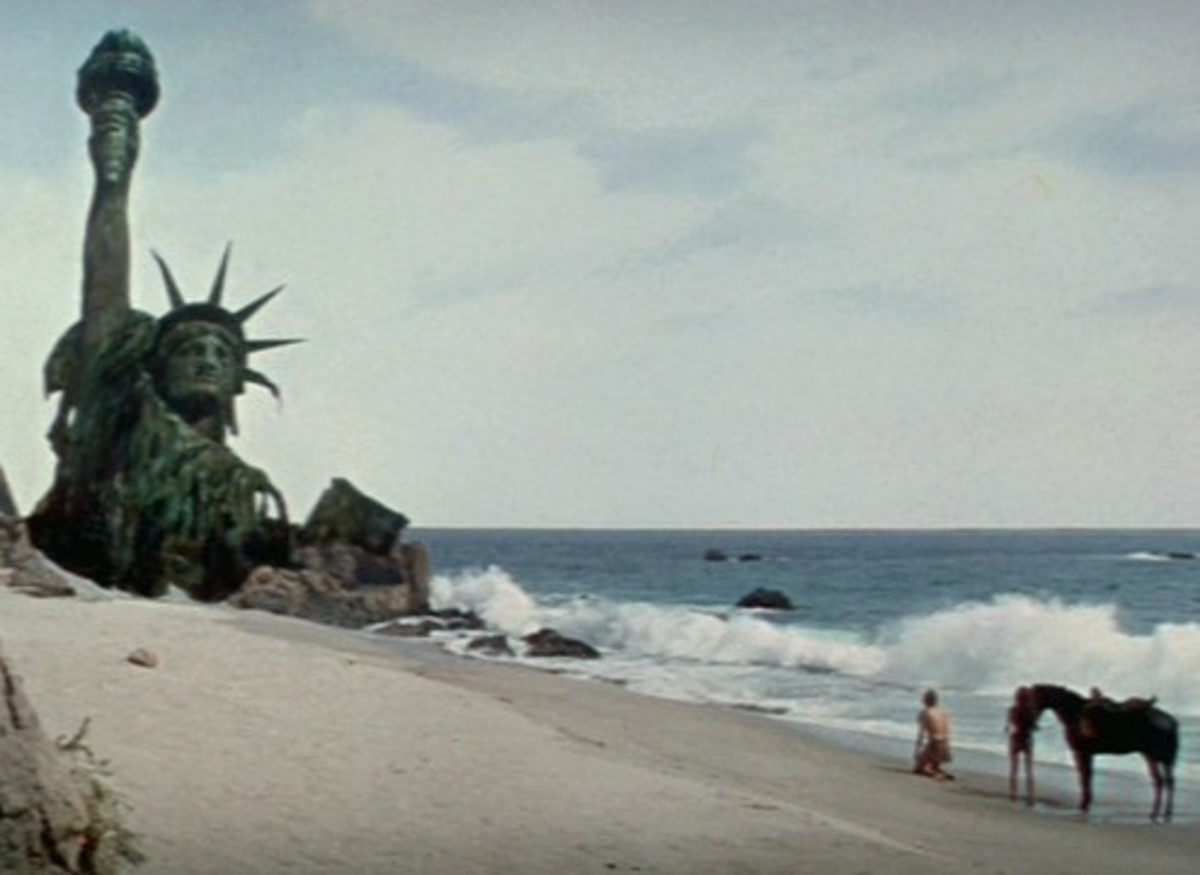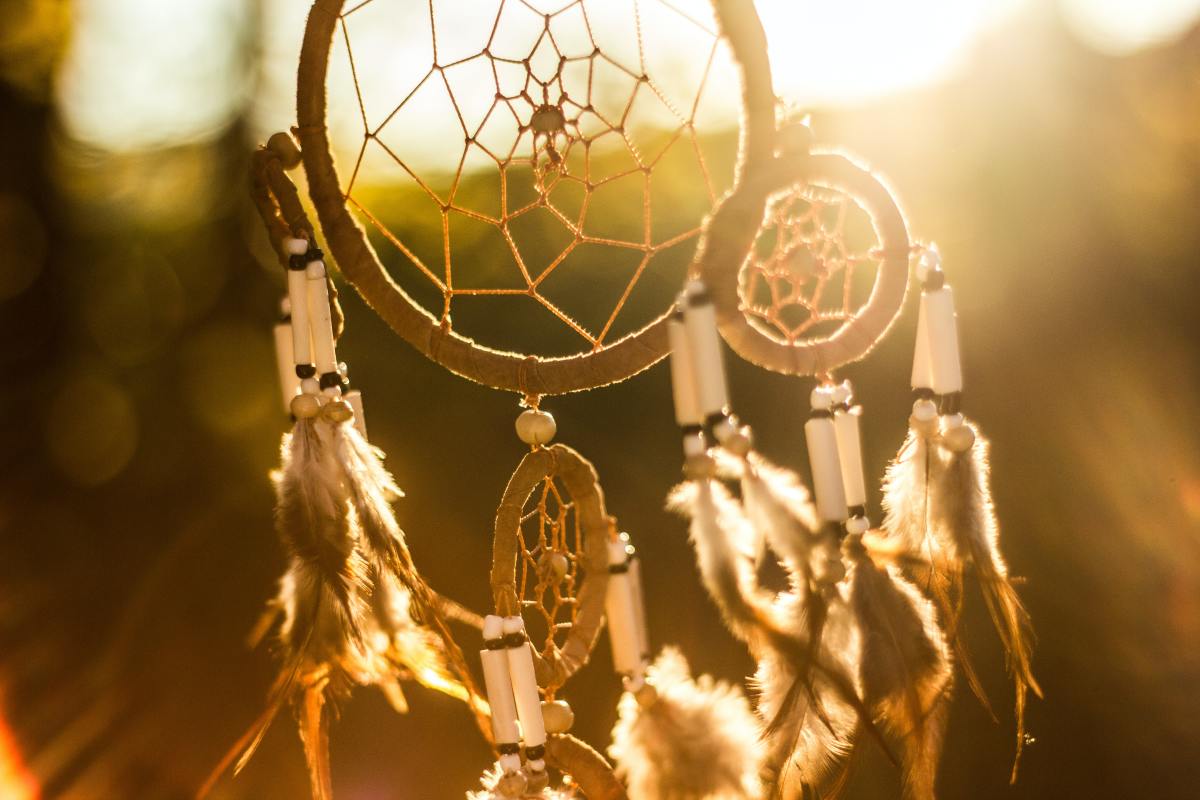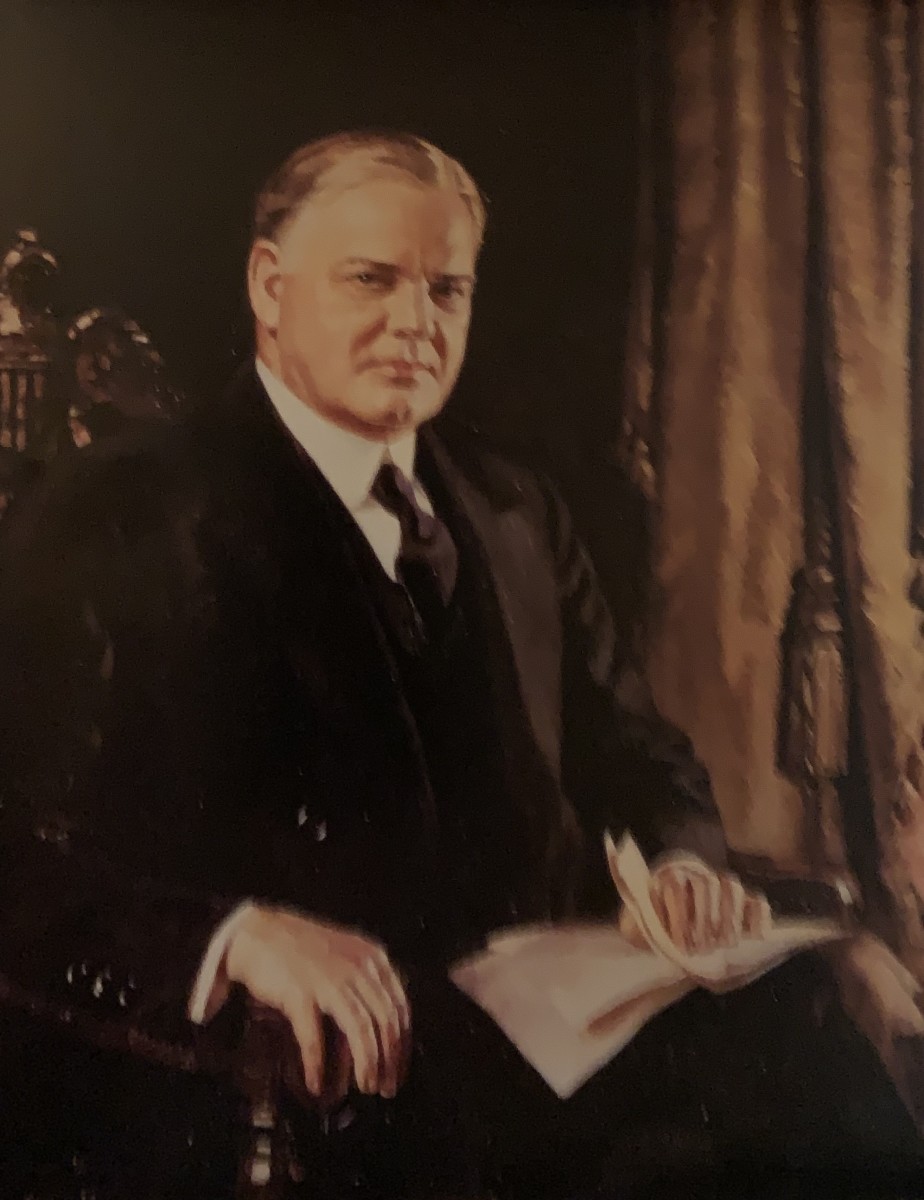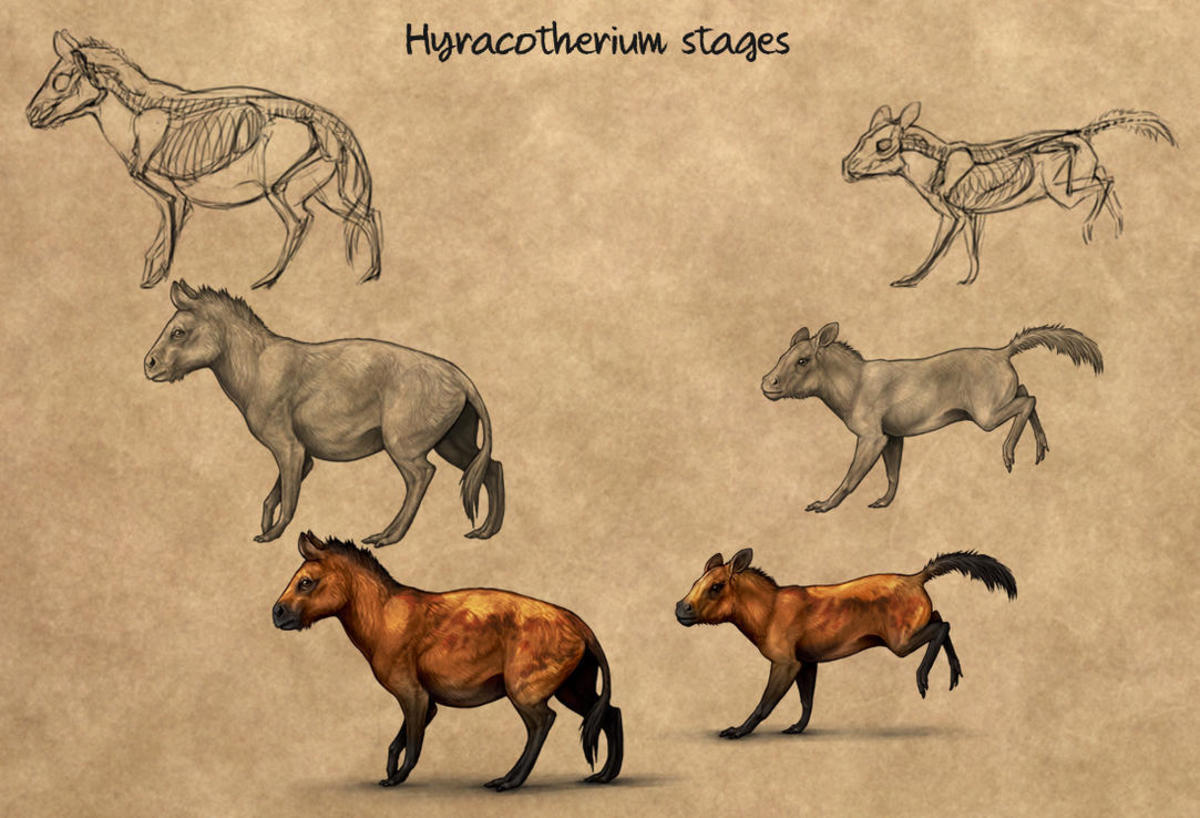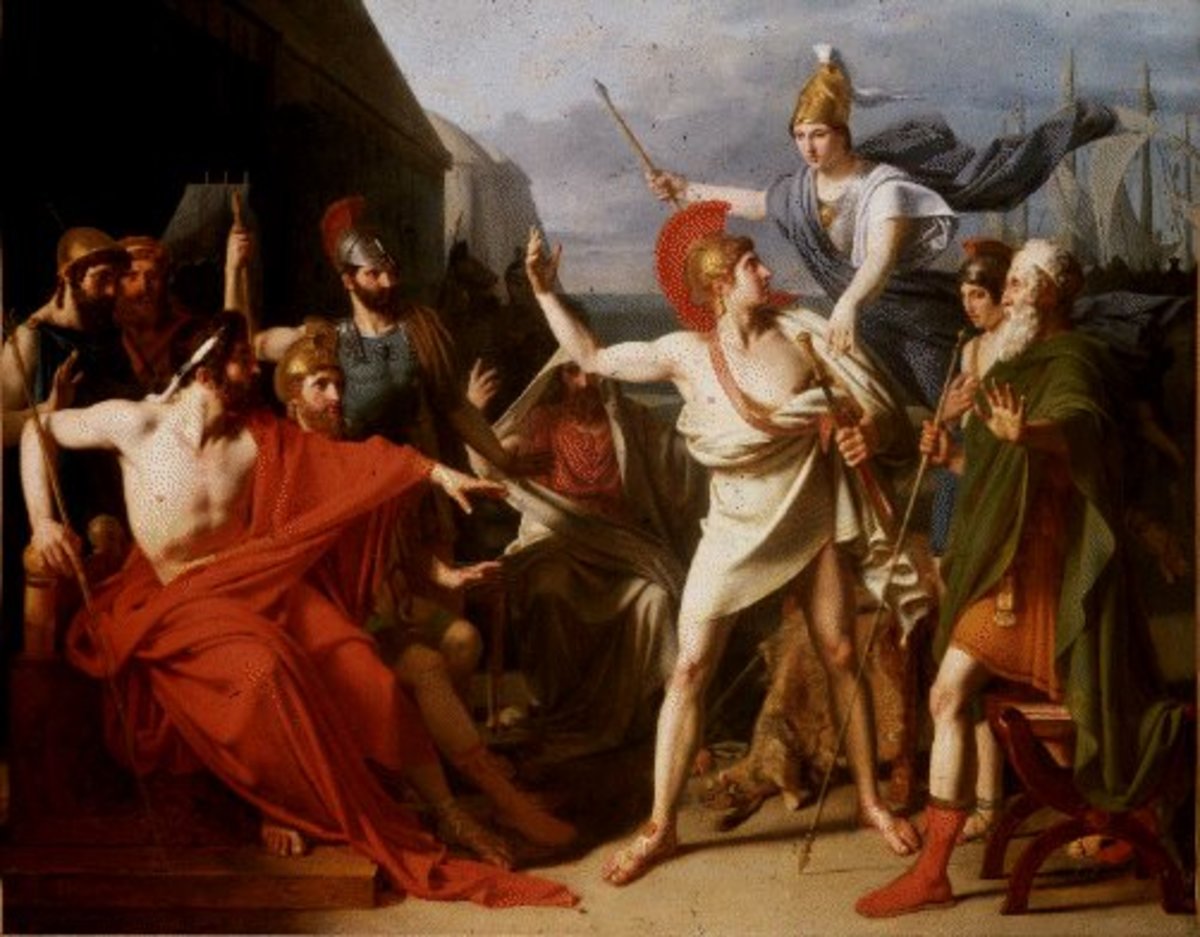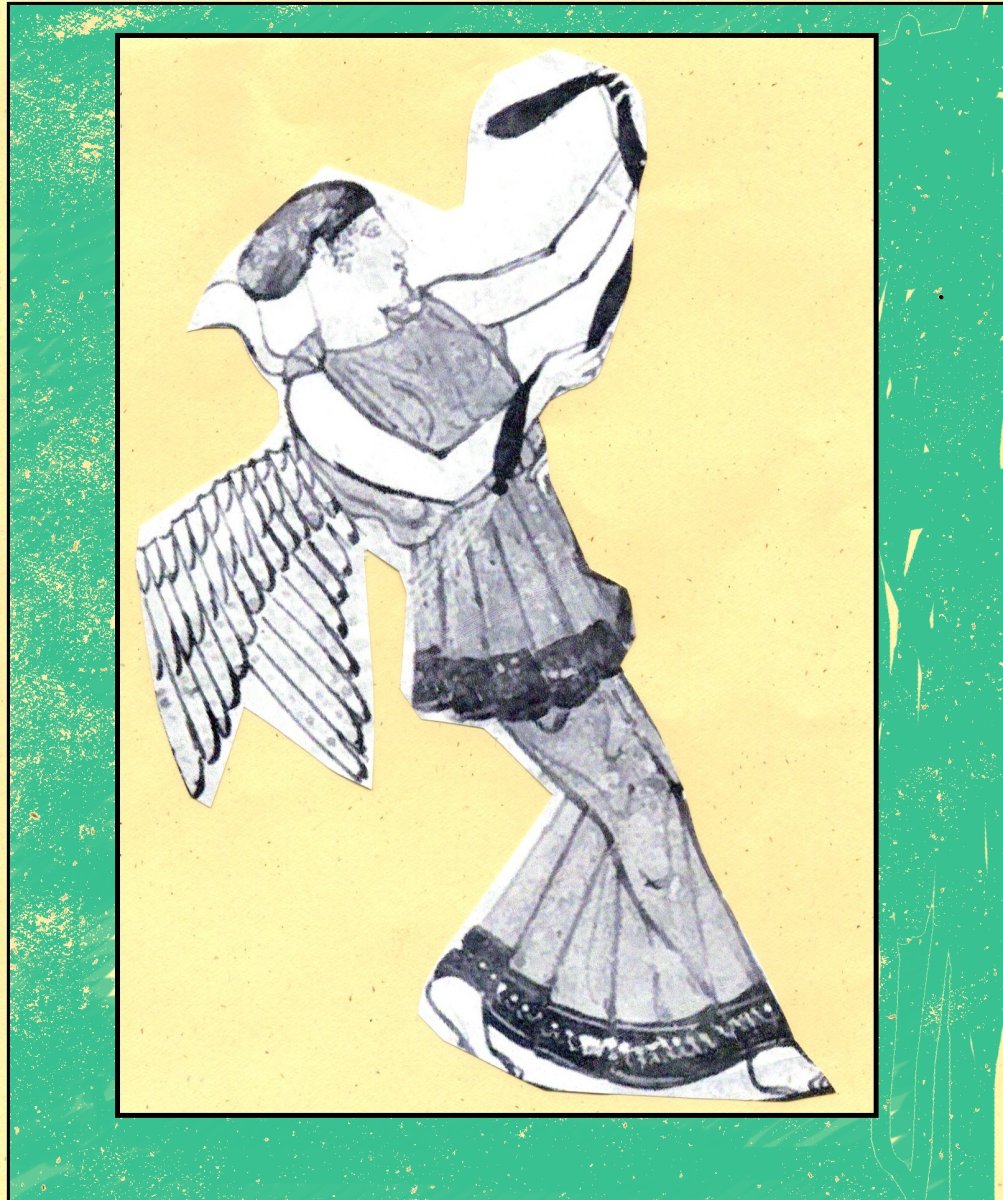Folktales of North and European Variants in the United States
Folktales of Many Customs
Interesting folktales to refresh your memories!
Folk Tales of North America
When the early settlers, immigrants, and slaves came to North America, they brought their folktales with them from Europe, China, and West Africa.
As they repeated their folktales, some of the tales took on an unmistakable North American flavour.
Indigenous to the continent are folktales told by Native Americans and tall tales that developed from the pioneer spirit of the young American country. In a discussion of folktales of North America, it is impossible to describe anyone's body of folklore, such as the Grimm discovered in Germany.
However, the folklore of North America may be sorted into four large categories: Native American, Eskimo, and Inuit tales that were originally here.
Tales that came from other countries, primarily from West Africa, were changed in the process to form the basis of African American and African-Caribbean folktales.
Tales that came primarily from Europe were modified into new variants. Tall tales, legends, and other Americana developed here.
Virginia Haviland's collection North American Legends presents tales from each of these categories and gives a broad overview of folklore in the United States.
Amy Cohn’s extensively researched collection of American folklore and folk songs offers children a stirring journey into America that consists of many cultures, many stories, and many songs.
Other notable collections include, Laurence Yep’s The Rainbow People and Tongues of Jade, tales, of Chinese immigrants told not only to remind them of home but to show how a wise person could survive in a strange new land. Eighteen stories from Americans of European descent are collected in Neil Philip’s Stockings of Buttermilk.
Nancy Van Laan’s With a Whoop and a Holler includes stories from the deep South and readers will find familiar characters such as Jack and Brer Rabbit as well as superstitions and riddles.
African Americans are represented in such fine collections as Virginia Hamilton’s The People Could Fly and Her Stories.
Increasingly, readers will find that many other well-written collections and beautifully illustrated tales represent the many colourful threads that make up America’s rich tapestry of stories.
Native American Folktales
To try to characterize all the folklore of the various Native American tribes as one cohesive whole is as unreasonable as it would be to lump all the folklore of Europe together.
Variations in Native American dwellings, such as pueblos, longhouses, and tepees, or in the symbolic artwork of totem poles, beading, story skins and carvings are mirrored in the variety of Native American folktales.
Some Native American Folktales by Region is a useful grouping of tales for those wishing to study Native American folktales, specifically of a geographical area. However, there are some common characteristics among the various tribes and between the folklore of Native Americans and that of northern Europe.
Many Native American tales might be categorized as mythology, include creation myths and sacred legends.
Some myths attempt to explain religious beliefs while telling people about tribal customs and how to act.
Some of these tales were told as separate stories, but as with Greek or Roman mythology, they were heard from insiders who understood these tales within the context of a large interlocking set of stories.
Native American tales, when originally told, were loosely plotted rather than highly structured like European fairy tales.
Thomas Leekley retold some of the stories of the Chippewa and Ottawa tribes in his The World of Manobozho as follows:
Indian folklore is a great collection of anecdotes, jokes, and fables, and storytellers constantly combine and recombine these elements in different ways. We seldom found a plotted story of the kid we knew.
Instead, the interest is usually in a single episode; if this is linked to another, the relationship is that of two beads on one string, seldom that of two bricks in one building.
The very act of storytelling was of ceremonial importance in various tribal groups. Storytelling took place at night and, in certain tribes such as the Iroquois, it was permitted only in the winter.
Men, Women, and children listened reverently to stories, some of which were ''owned'' by a teller and could not be told by any other person.
The sacred number four is found in all Indian tales, rather than the pattern of three common to other folk tales.
Four hairs might be pulled and offered to the four winds, or four quests must be made before a mission will be accomplished.
Many Native American tales are nature myths, and Pourquoi stories explain how animals came to earth or why they have certain characteristics.
Paul Goble tells of the origin of the first horses in The Gift of the Sacred Dog, in which the gift is the Great Spirit's attempt to help the Plains tribes hunt the buffalo more efficiently.
In How Turtle's Back Was Cracked, Gayle Ross recounts how Turtle, who used to have a smooth shell, became so full of himself that he annoyed a group of wolves who heard his bragging.
They are determined to kill him, but Turtle tricks them into throwing him in the river, where they think he will drown.
Instead of landing in the water, however, he falls on a large boulder and his shell cracks in a dozen places.
Being a good healer, Turtle fixes his shell, but today if you look closely you can still notice where his back was cracked.
Perhaps one of the best-known stories of explanation which combines religious beliefs, how-and-why explanations, and references to Indian custom, is ''Star Boy,'' which has many versions.
In this story, Star Boy, expelled from the sky world with his mother and marked with a mysterious scar because of her disobedience, becomes known as Scarface.
To marry, he must make a journey to the Sun, which removes the scar.
To commemorate and honour the Sun's gesture, the Blackfeet have a sacred Sun Dance each summer. In Goble's version, Star Boy becomes another star and joins his father, Morning Star, and his mother Evening Star.
The heavens hold special significance for native people as can be seen in such tales as Joseph Bruchac's The Story of the Milky Way, a Cherokee tale; Paul Goble's Her Seven Brothers, a Cheyenne myth about the origin of the Big Dipper; and Goble's The Lost Children, a Blackfoot story about the origin of the Pleiades.
Beatrice Harrell's How Thunder and Lightning Came to Be is set closer to Earth and is a humorous story of the Choctaw about two birds who agree to help the Great Sun Father warn the people when there is a sign of a bad storm.
Their silly attempts only amuse the people, however, until one day when Helotha's eggs roll off the clouds, creating a great thumping and bumping.
When her husband. Melatha, races to catch them, and sparks fly from his heels.
The Sun Father was pleased with the effect this made. Now every time Health lays her eggs and Melatha chases them, Sun Father sends wind and rain to the earth.
Almost all Native American folklore traditions contain a trickster figure who mediates between the sky world and earth.
The woodland tribes tell tales of Manabozho, a kind of half-god, half-superpower among the eastern tribes.
Folktales
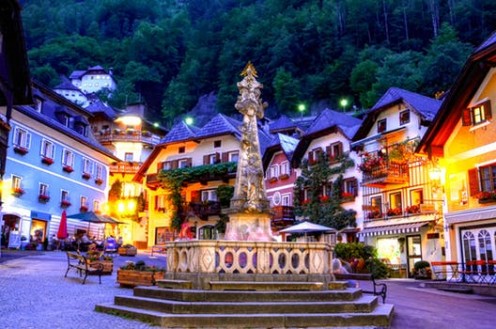

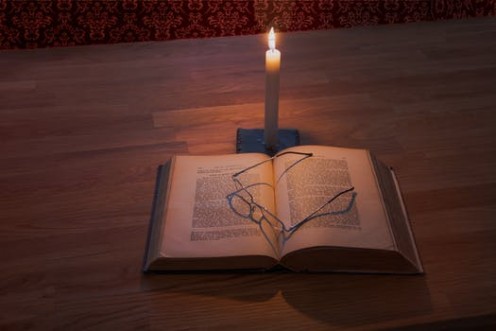
Folktales of European Variants in the United States
The Great Plains Trickster Coyote snatches fire from the burning mountain and to this day, according to the legend, coyote fur is singed and yellow on his sides where the flames blew backwards, he ran down the mountain carrying the burning brand.
A version of this story can be found in Gerald Hausman's Coyote Walks on Two Legs, a collection of Navajo myths and legends about this well-known trickster that includes a version of the Great Flood.
The stories of many tribes often revolved around a cultural hero like the woodland character Gluskap, Glooscap, or Gluskabe.
This hero accomplished great deeds and often served as a helper to the Great Spirit.
In Joseph Bruchac's Gluskabe and the Four Wishes, Gluskabe has retired across the big water to take a rest after making the world a better place for his children.
Four Abenaki men decide to undertake a difficult journey to ask Gluskabe for their hearts' desires. Impressed by the difficulties they have faced to get to him, Gluskabe gives them each a pouch but warns them not to look inside until they get home.
The first three men cannot resist a peek and are justly punished.
The fourth man, who only asked to be a good hunter to provide food for his people, resists temptation, but when he returns home, he finds the pouch empty.
As he is about to despair, however, he hears the voices of the animals, who speak to him about the proper ways to prepare for the hunt and how to show respect for the animals.
''From that day on he was the best hunter among the people. He never took more game that was needed, yet he always provided enough to feed his people.''
Perhaps this is one of the ''Glooskabe'' stories Attean told to Matt as the two boys survived the long winter in Spears's Sign of the Beaver.
San Souci's Soot Face is an Ojibwa story that is very similar to many other Native American versions of this tale. In this variant, Soot's face, the youngest sister, is only dirty with the soot from the fire rather than physically scarred.
When she goes to meet the invisible warrior, she dresses in a gown of birch bark and wears a crown of wildflowers on her head. Rafe Martin's poignant, ‘’The Boy Who Lived with Seals,’’ is based on a Chinook legend and tells of a boy who is torn between the world of the People and the undersea world of the seals.
Although he does not transform physically into a seal as do the Selkies of North Atlantic legend, he eventually chooses to live in their kingdom, returning only once a year to leave a beautifully carved canoe for the humans he has left behind.
Barbara Diamond Golding has retold The Girl Who Lived with the Bears, the story of a young girl of the Raven clan in the Pacific Northwest.
When she insults the bears, who interfere with her berry picking, she is kidnapped by the Bear People to be a servant.
With the help of Mouse Woman, she makes the Bear Chief believe she has great power, and he marries her to his nephew.
Eventually, she grows to love the handsome man and gives him his twin sons. Her life with the Bear People is happy until her husband dreams that her brother is searching for her and will kill him.
He tells her how her people must honour the Bear People when they kill them for food.
Grief-stricken when her husband's dream proves true, she and her two sons return home with her brother.
She passes on the songs and ceremonies of the Bear People, and she teaches her people to honour and respect all living creatures.
The character of Mouse figures prominently in Dale De Armond's The Seal Oil Lamp, another story about a child caught between two worlds.
Allegra was blind and the Eskimo tribal law stated that no child may live if it cannot grow up to support itself, his family sadly left him behind when they moved to the summer fish camp.
The seven-year-old had fed a starving mouse that winter, so the Mouse Woman and her family take care of Allegra and he comes to know and love their world.
They told him stories about the mouse world and about the owls and foxes and the eagle who try to catch them, and how the mouse people outwit their enemies.
They told him about Raven and the magic that lives under the earth and in the sky country.
The mouse people sang their songs for him and did their dances on the back of his hand so he could feel how beautiful their dances were.
Although survival themes are constant in Indian tales, they are particularly strong in Eskimo stories.
European Variants in the United States
Richard Chase collected and published The Jack Tales and Grandfather Tales, which are American variations of stories brought to this country by English, Irish, and Scottish settlers in the seventeenth and eighteenth centuries.
They are as much a part of Americana as the Brer Rabbit stories. In some respects, Jack is an equivalent to Brer Rabbit.
He is a trickster who overcomes his opponent through quick wit and cunning, rather than through the strength that triumphs in the tall tales that originated in the United States of America.
All these variants come from the mountain folk of the southern Appalachians.
Cut off from the mainstream of immigration and changing customs, these people preserved their stories and songs in the same way that they continue to weave the Tudor rose into their fabrics.
The Jack Tales is a cycle of stories in which Jack is always the central figure.
You would expect to find him playing this role in ''Jack in the Giant's New Ground,'' and ''Jack and the Bean Tree.'' However, he shows up again in ''Jack and the Robbers,'' which is a variant of ''The Bremen Town Musicians.''
The delightful aspect of these tales is Jack's nonchalance about his exploits and the incongruous mixing of the mountain dialect with unicorns, kings, and swords.
In Moss Gown, William H. Hooks retells an old story from North Carolina that melds elements of ''Cinderella'' with motifs from King Lear. Rejected by her father and banished from home with her two sisters, Candace meets a gris-gris woman who gives her a shimmering gown that will change back into the Spanish moss when the morning star sets.
Candace finds work in the kitchen of a plantation where the Young Master is about to give a series of balls. Calling on the gris-gris woman for help.
Candace goes to each of the three balls and falls in love with the Young Master.
When Candace finally reveals herself, the Young Master has come to know her through conversations and, it is implied, loves her for more than her beauty. Although the moss-grown has the magic to help.
Candace is more like a spirit to Princess Furball and The Rouge-Face Girl than to the Disney and Perrault Cenedella’s, for it is her intelligence and spirit that win her a husband, a home, and her father's love once again.
Relationships with native Americans fulfil their timeout with folk tales.
Folktales improves the imagination of individuals
Do you find Folktales an interesting part of a child's life or of an adult life?
This content is accurate and true to the best of the author’s knowledge and is not meant to substitute for formal and individualized advice from a qualified professional.
© 2013 Devika Primić

